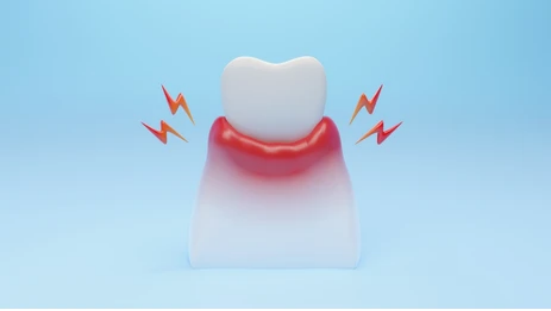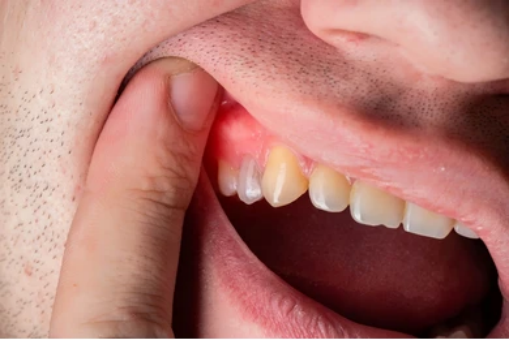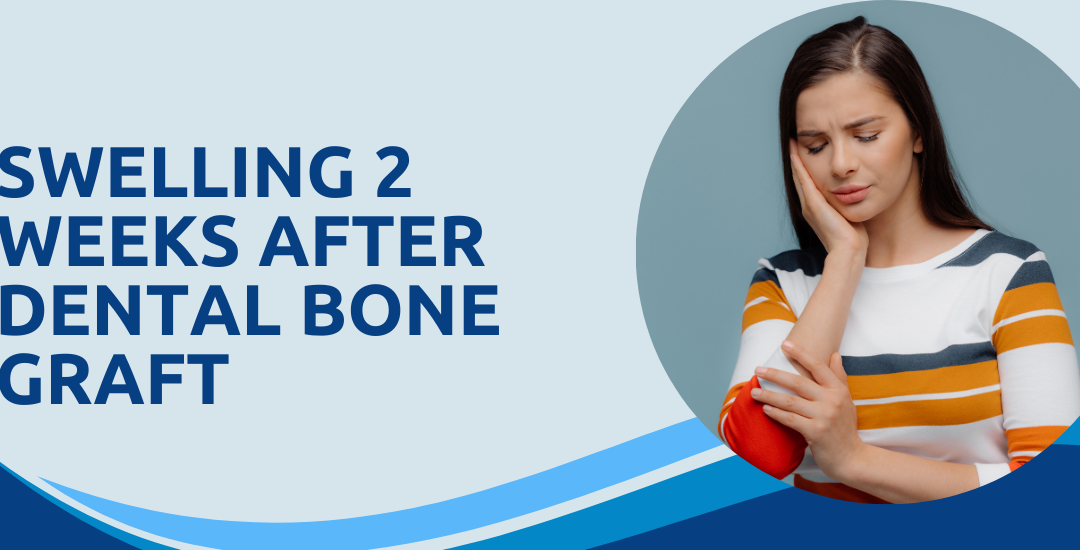Swelling following a bone graft can be a normal part of the healing process, especially within the initial days post-surgery. However, if you notice persistent or increasing swelling after two weeks, it is crucial to address this with your dentist.
Dr. M. Phani Babu, a prominent dentist in Adyar has a wealth of experience in dental care. He is known for his expertise in advanced procedures, including dental bone grafts.
Let’s dive into your concern about swelling two weeks after a dental bone graft. While dental bone grafts are common procedures used to restore or enhance bone in the jaw before dental implants, it is important to monitor the recovery process closely.
Let’s explore the causes, symptoms, and how to manage swelling 2 weeks after dental bone graft with valuable insights from Dr. M Phani Babu.


Is Swelling Normal 2 Weeks After Dental Bone Graft?

Swelling 2 weeks after dental bone graft surgery is considered normal. It is the body’s normal response to the trauma caused during the surgery. The body initiates an inflammatory response to repair tissues and promote healing.
Need relief from swelling after dental bone graft surgery? Consult an expert to boost your healing journey.
Causes of Swelling 2 Weeks After Dental Bone Graft:
The following can be the causes of swelling 2 weeks after dental bone graft:
- Trauma during Surgery:
Surgery involves manipulating the bone and surrounding tissues. This manipulation causes irritation and swelling.
- Infection:
Bacterial infection of the graft site might result in increased swelling and irritation. Monitor for infection symptoms such as redness, warmth, and pus discharge.
- Fluid Accumulation:
Fluid buildup around the graft site is a normal reaction to tissue injury and can lead to swelling.
- Allergic Reaction:
Patients may experience swelling due to an allergic reaction to medications or materials used in the procedure. This emphasizes the importance of discussing any known allergies with your dentist before the surgery. - Bone Graft Type:
Different bone graft materials may cause varying levels of swelling. Your dentist can explain the unique properties of the graft material used and how it may affect swelling.

Take control of swelling after bone graft surgery. Book your consultation with an expert today!
Symptoms of Dental Bone Graft Infection:
Infection at the dental bone graft site can worsen swelling and cause other troubling symptoms. It’s important to remain cautious and notice the symptoms of dental bone graft infection such as:
- Increased swelling, redness, and warmth at the graft site
- Continuing or worsening discomfort despite medicine
- The presence of pus or discharge from the operative site
- Fever or chills indicate systemic involvement.
At Dent Eazee, a trusted dental clinic in Adyar, patients are offered customized post-operative instructions to avoid any further complications.
“Keep a close eye on your recovery and reach out to a dentist if you notice any unusual swelling, it’s better to be safe. Remember, sticking to expert treatments is key for a smooth healing process,” says Dr. M Phani Babu, a leading dentist in Adyar.

How Long Does Dental Bone Graft Swelling Last?
Typically, dental bone graft swelling peaks within the first 48 hours after surgery and then reduces over the next few days and weeks. By the end of the second week, most patients have seen a significant reduction in swelling. Recovery times vary by the graft’s complexity, the patient’s health, and following care guidelines.
How Do You Reduce Swelling After Bone Graft?
- Effective management of swelling 2 weeks after dental bone graft can promote comfort and expedite the healing process. Here are some strategies to consider:
- Apply Ice Packs:
- Cold therapy might assist to reduce swelling and relieve discomfort. Apply an ice pack to the affected area for 15-20 minutes, multiple times each day.
- Elevate the Head:
- Keeping your head raised while resting might reduce swelling by promoting normal fluid drainage.
- Take Prescribed Medications:
Follow your dentist’s advice for pain relievers and anti-inflammatory medications to successfully manage swelling.
Avoid physical Activities:
Avoid physical activities that increase blood flow to the surgery site, since this might worsen edema and postpone healing.
Say goodbye to swelling after bone graft surgery. Consult an expert today!
Conclusion:
Swelling two weeks following dental bone transplant surgery is normal, but it is essential to watch for symptoms of infection or problems.
Understanding the reasons, symptoms, effective management options, and additional insights from your dentist will allow you to confidently navigate the post-operative phase and encourage maximum recovery.
If you want top-notch dental treatments under one roof, do not hesitate to visit Dr. M Phani Babu, a highly experienced dentist in Adyar.
FAQ
Q1. How do you know if your bone graft is infected?
A1. If you experience increased swelling, redness, warmth, persistent pain, discharge from the surgical site, and fever then you should know that your bone graft is infected.
Q2. How do I know if my body is rejecting a dental bone graft?
A2. Symptoms of graft rejection may include persistent swelling, pain, and inflammation at the surgical site. However, graft rejection is rare, and most cases of swelling can be managed with proper care and monitoring.
Q3. How to speed up bone graft healing?
A3. Follow your dentist’s post-operative instructions carefully, including proper oral hygiene practices, dietary restrictions, and avoiding tobacco and alcohol. Additionally, maintaining a healthy lifestyle with adequate rest and nutrition can support optimal healing.

